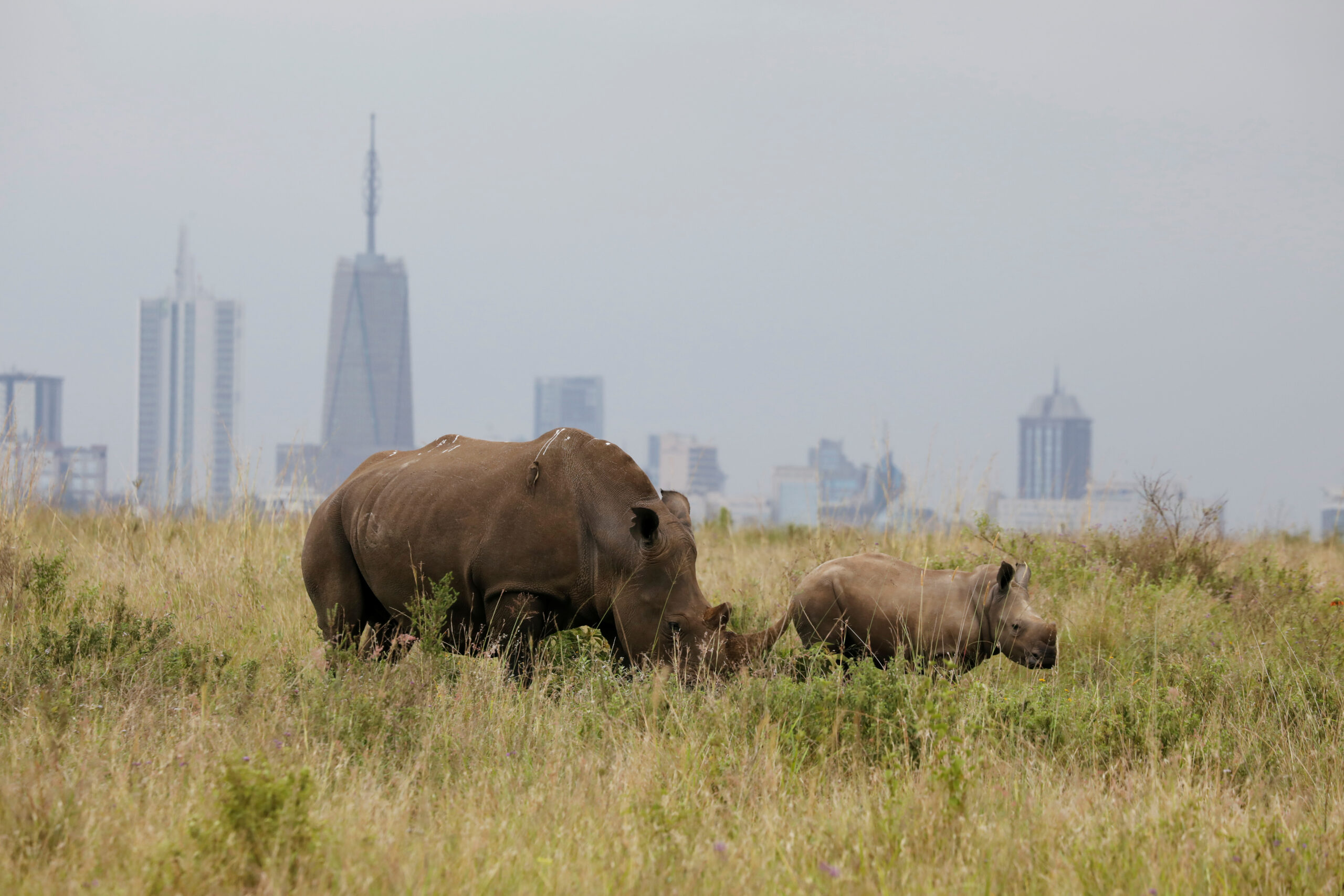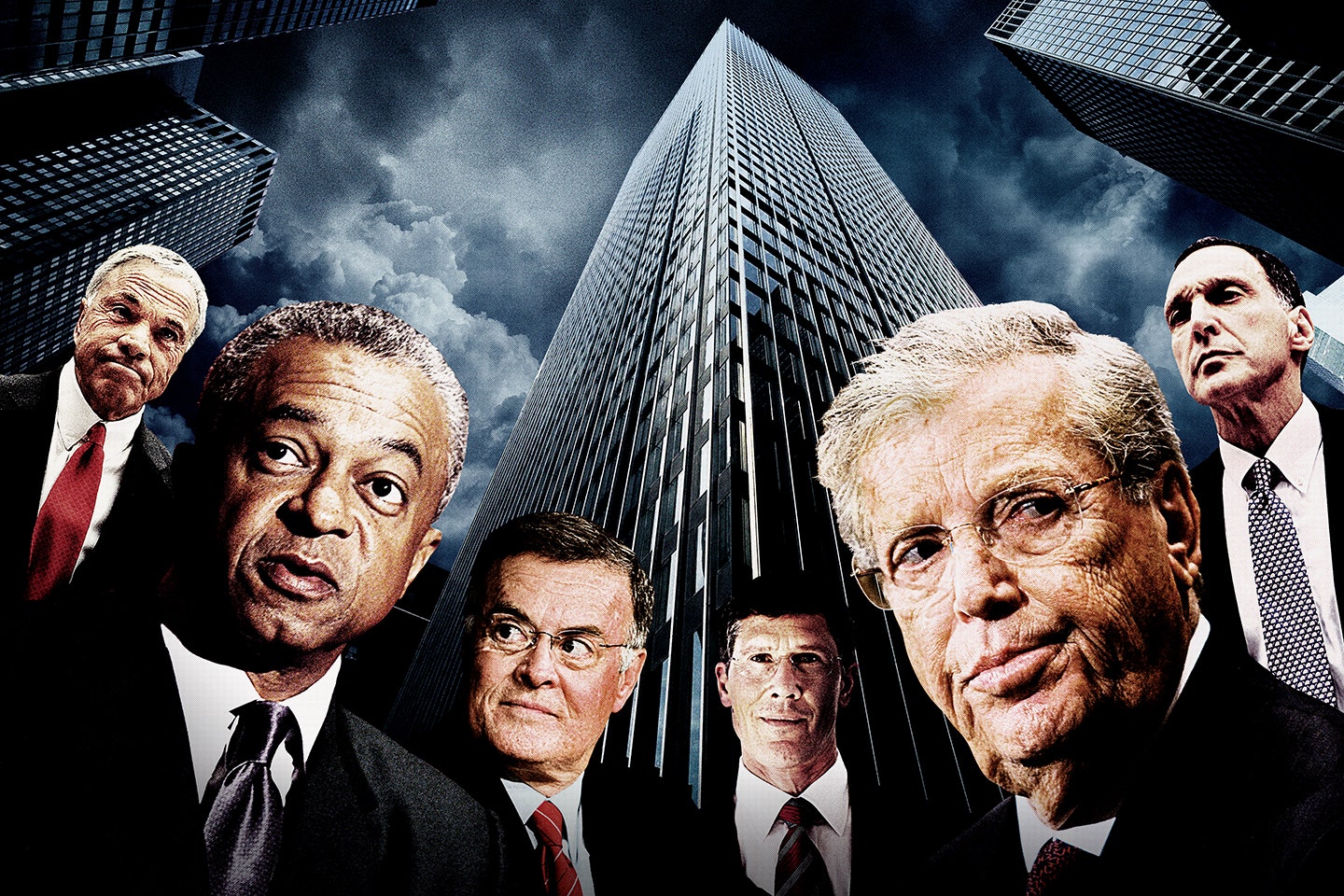If you’re an investor who cares about climate change, you probably already own a sustainable fund. Perhaps it focuses on renewable energy, or maybe it looks at the circular economy or electric vehicles.
Investors have been aware of these issues for a while, of course, and the sustainable fund market has exploded to the point where regulators are intervening to sort out what is green and what is not.
But there is a new hot topic in sustainability, often referred to as the other side of the climate change coin: biodiversity.
Around a million species are threatened with extinction (we only know of 1.5mn, though there are probably millions more), many within decades, according to the Intergovernmental Science-Policy Platform on Biodiversity and Ecosystem Services (Ipbes). As of 2018, species population sizes had fallen 69 per cent on average since just 1970, according to the WWF’s living planet index.
The main culprit is not climate change, though it is a big one, but changes in land and sea use, particularly deforestation. Pollution, including farming pesticides and plastic in the oceans, is another driver, while invasive alien species have contributed to nearly 40 per cent of all animal extinctions since the 17th century, including the native birds of the Pacific island of Guam, which disappeared after the introduction of the brown tree snake.
A UN conference in December (confusingly labelled COP15 but separate from the better-known COP26 climate conference in that it focused on biodiversity) agreed to certain goals by 2030, including halving food waste, cutting government subsidies that encourage biodiversity loss and widening protection for particularly biodiverse areas.
The fund management industry has taken note. A wave of biodiversity funds has sprung up in the past year to supposedly address this issue. Morningstar, the data provider, counts 19 such funds — many of which are less than a year old, with no meaningful performance data as yet.
But with the sector in its infancy, fund managers have not yet agreed on how to measure biodiversity. One problem is that there is not much hard data on biodiversity that can be used to select stocks.
Alix Chosson, an ESG analyst at Candriam, says a lack of regulation and agreement on the right metrics can make it difficult to integrate biodiversity in corporate strategies. “COP15 brought some general commitment and good intentions but nowhere near what COP21 brought to climate,” she says. While climate change has carbon emissions as a metric, biodiversity is a broader issue and can include species, soil and water, to name just a few.
Some analysts use a metric called ‘mean species abundance’, or MSA, which attempts to measure what the actual biodiversity levels are as a result of a company’s activities versus what they should have been. Taken crudely, this approach could mean that funds just invest in sectors that never had much of an MSA impact in the first place: tech stocks, for example, or offices.
The Euronext ESG Eurozone biodiversity leaders PAB index, for example, uses MSA as one of its tools in selecting companies for the index. The result: top 10 holdings dominated by tech and consumer stocks, including Michelin, Unilever, Pernod Ricard and the Kering luxury group.
Tom Atkinson, who manages Axa’s Biodiversity fund, has one alternative way of using the existing metrics: he says a bad MSA score can be an opportunity to engage with that company — engagement being an important tool up sustainable investors’ sleeves. For example, his team has engaged with a paper and packaging company that uses a lot of land and has therefore a lot of scope for improvement.
In general, he says his fund tries to take a “purist” approach and doesn’t address climate change as such as they assume investors already have that exposure in other funds. It focuses on four areas: water, agriculture, recycling and recirculation and sustainable materials, and targets solutions providers rather than mega-caps making biodiversity promises.
To be included in the fund, a company has to have at least 20 per cent of its revenue coming from a product or service that specifically addresses biodiversity — which leads to companies such as Unilever, for example, being excluded. That also gives the fund a mid-cap bias. The fund has in its top holdings agriculture business Deere, water company Xylem, and Darling Ingredients.
Some biodiversity funds try to take a mix and match approach. Fidelity’s sustainable biodiversity fund — launched in September and still tiny at just $5mn — has 75-80 per cent of its holdings in what manager Velislava Dimitrova calls solutions. These include Bioceres, which focuses on crop productivity and helping the farming industry become carbon neutral, Corteva, which offers pest control solutions to farmers that are better for biodiversity, and Bakkafrost, which farms salmon in a low-carbon way.
The remainder of its holdings are in so-called “best in class” companies — those that are doing better on addressing biodiversity than their peers, even if they’re not in the business of providing specific solutions. Danone and L’Oréal find their way into the top 10 holdings on the basis that they have made commitments to improve their biodiversity footprint. Having best in class companies is also a way for biodiversity funds to spread their risk: firms that are coming up with positive solutions will probably be smaller and riskier than larger cap, defensive stocks.
Other funds are comfortable taking a longer term view at the expense of significant short pain. Edward Lees, co-manager of the BNP Paribas Ecosystem Restoration fund, is critical of funds that are focused on best in class companies. “We can’t afford to just look at these indirect stories. We’ve got to get a move on,” he says. His fund has various holdings in food and agriculture, from Darling Ingredients to Oatly to Salmon Evolution.
But direct focus can come at a price when the global economy is struggling. With solutions to biodiversity still at a relatively early stage, companies focused on this area tend to be mid cap at best and are going for growth, rather than providing steady dividends. The past year, with rising interest rates and inflation, has been tough for them. The case for them is clearly long term, with regulation and investor interest likely to increase, while fund managers argue the derating makes it a good time to buy.
The BNP Paribas fund, for example, has lost nearly 40 per cent in the past year. Lees says that while they remain committed to integrity, they are moving up the market cap curve a little bit in light of the current economic conditions.
With World Biodiversity Day on Monday intended to raise awareness, it’s a good time for retail investors to consider putting these funds in their portfolio alongside existing climate change holdings. And professional investors need to push companies to disclose more about their biodiversity impact, so that better metrics can be developed.
With an uncertain economic outlook, investors could see the recent valuation losses extended for a while, as the mid-cap companies at the forefront of change can be volatile. So these stocks won’t suit everyone. But, longer term, the sector is likely to grow.
Alice Ross is an FT contributor. Her book, “Investing to Save the Planet”, is published by Penguin Business. Twitter: @aliceemross
Where climate change meets business, markets and politics. Explore the FT’s coverage here.
Are you curious about the FT’s environmental sustainability commitments? Find out more about our science-based targets here
Can biodiversity funds help investors protect wildlife?



